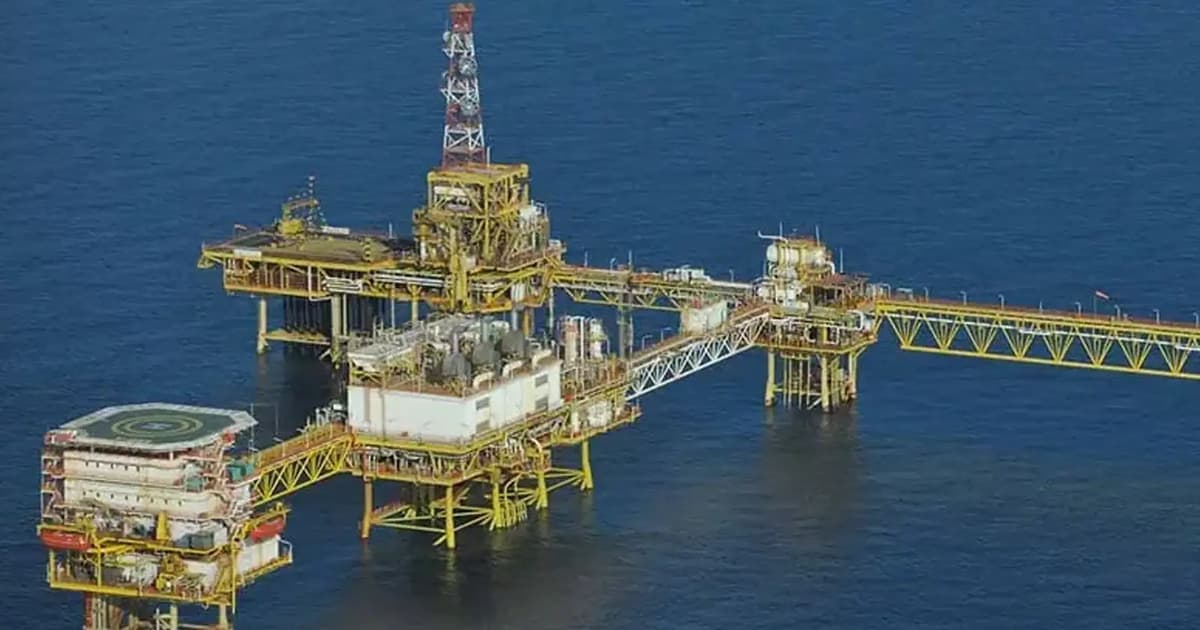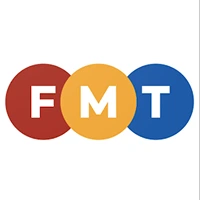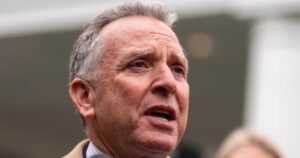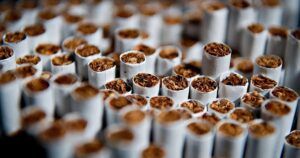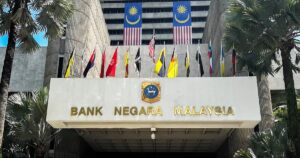
The claim that Petronas retained 95% of Sarawak’s oil and gas (O&G) revenue over the past five decades is misleading, as it overlooks key financial flows back to the state, says an industry analyst.
Jamil Ghani said under Malaysia’s production-sharing contracts, at least 70% of project revenues go towards cost recovery, while 10% is shared between the federal and state governments as oil royalties.
“Malaysia’s national O&G regulator, Malaysia Petroleum Management, is very clear on this. Malaysians can check this information for themselves online,” he told FMT.
“At most, Petronas receives only 20% to 30% of the profit made off O&G fields. But even this profit is shared with Petronas’s partners such as Shell, and a portion goes back to Putrajaya through dividends, income taxes, and export duties for nation-building.
“The 95% is not Petronas’s take-home, but a distortion that ignores both cost recovery and the fiscal flows returning to state and federal coffers.”

Jamil was commenting on remarks by former state attorney-general JC Fong, who reportedly said that Petronas pocketed 95% of Sarawak’s O&G revenues over the last 50 years, with the Bornean state only receiving RM49 billion for nearly 50 years.
Jamil said that Sarawak had indeed received RM49 billion in oil royalties, RM28.6 billion in dividends from Petronas projects, and RM18.66 billion in state sales tax since the start of Malaysia’s O&G industry.
In addition, Petronas invested RM280 billion in upstream infrastructure, creating jobs, supply chains, and downstream activity.
“It is only fair to also acknowledge the additional RM280 billion in upstream investments and infrastructure that Petronas brought to Sarawak’s O&G industry: investments that created jobs, supply chains, and downstream activity.”
Jamil added that other figures circulating in some quarters were also questionable.
“One Sarawakian senator recently claimed that RM1 trillion of Sarawak’s oil wealth went to the federal government,” he said, referring to Senator Robert Lau.
“No one can deny Sarawak’s contributions to the federation. But total national O&G contributions from Petronas since 1974, including dividends, taxes, and royalties, amount to RM1.5 trillion.
“To say Sarawak alone made up two-thirds of that is far-fetched and ignores contributions from Terengganu, Sabah, and Kelantan.”
Boosting investor confidence
Jamil warned that repeating the 95% figure without context could mislead the public and strain trust during ongoing negotiations between Petronas and Petros over Sarawak’s gas aggregator role.
He said Sarawak’s use of administrative measures, such as licensing, zoning, and conservation gazettes, which can restrict access to O&G fields, would also come at the cost of eroding investor trust.
“When permits and zoning become bargaining tools, companies factor in higher risks and may delay investment,” he said.
He urged a return to investor-friendly norms, legal certainty, and regulatory harmonisation.
“Law and institutional reform minister Azalina Othman Said has reaffirmed that under the Petroleum Development Act (PDA), Petronas and its subsidiaries do not require state licences or additional procedures to operate in Sarawak,” he said.
“The exemption process proposed by Sarawak, where Petronas does not apply for a licence but must apply for an exemption, is still an additional procedure. It does not align with the PDA.
“What needs to be codified is the primacy of the PDA and a return to investor-friendly policies. No business should be left hostage to the weaponisation of regulations.”
